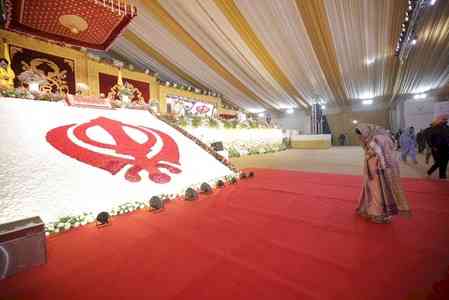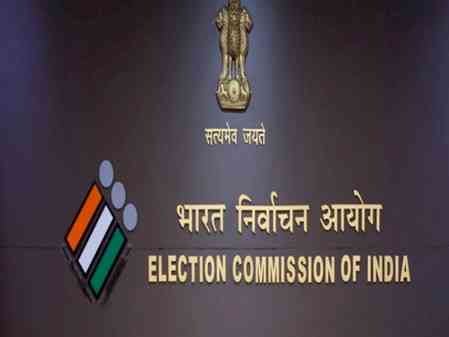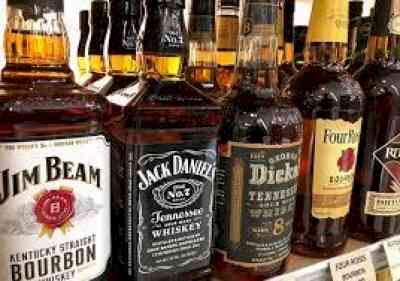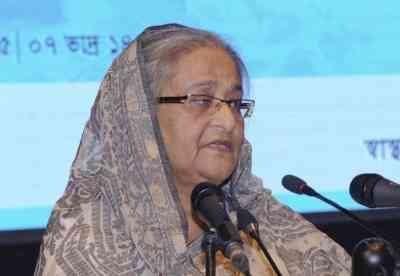Delhi’s air pollution levels on Diwali surge to dangerous highs: Report
This Diwali surged to dangerous highs in the national capital, with PM2.5 concentrations averaging 488 µg/m3 post the festival of lights.
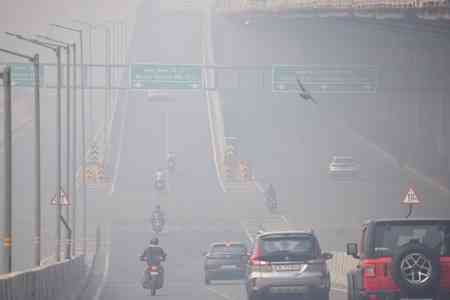
New Delhi, Oct 21 (IANS) This Diwali surged to dangerous highs in the national capital, with PM2.5 concentrations averaging 488 µg/m3 post the festival of lights.
An analysis compiled by Climate Trends based on the data of the Central Pollution Control Board (CPCB) from 2021-2025 showed that Delhi’s air pollution levels on Diwali surged to dangerous highs, with PM2.5 concentrations averaging 488 µg/m3 post-Diwali.
Over the five-year analysis, data showed a consistent Diwali-related pollution spike with PM2.5 values typically doubling or tripling during the festival of night and persisting through the next day.
Firecracker emissions remain the dominant cause of Delhi’s short-term air quality collapse during the festive period. What is particulate matter? Airborne particulate matter (PM) is not a single pollutant, but rather is a mixture of many chemical species.
It is a complex mixture of solids and aerosols composed of small droplets of liquid, dry solid fragments, and solid cores with liquid coatings.
The analysis says overall the data confirm a clear and consistent rise in PM2.5 levels around Diwali, typically doubling or tripling from pre-festival conditions and persisting into the following day.
Cooler nights and calm wind conditions during early winter months often lead to temperature inversion, restricting vertical air mixing and trapping pollutants near the surface.
Evaluating hourly changes in PM2.5 and temperature patterns before, during and after Diwali provides a clear picture of short-term air quality deterioration and its relationship with local weather dynamics.
When examined together, experts say, PM2.5 and temperature data reveal a consistent pattern: High emissions from fireworks and low nighttime temperatures jointly contribute to elevated PM2.5 concentrations.
The sharp post-Diwali spikes indicate both sustained emissions and poor atmospheric dispersion. Over the five years, there is a slight downward trend in peak PM2.5 levels, suggesting incremental improvement, likely due to public awareness campaigns, restrictions on fireworks, and enforcement of pollution control measures. Interestingly, there is a 77 per cent decline in stubble burning incidents in 2025 compared to last year.
Responding to the analysis, S.K. Dhaka, Professor, Rajdhani College with the University of Delhi, said, it is most likely that the high concentration of PM 2.5 is due to local emission of firecrackers in the different parts of the city on this auspicious Diwali festival night.
“Wind speed is quite a low lower than one m/s, with a direction of north and north-west, hence no chance to transport the pollutants from one place to another in a short span of a few hours of firecrackers burning,” he said.
Professor Dhaka said green firecrackers enhanced the particulate matter at a rapid rate, and the pollution is of a local nature, not transported from other places.
“It suggests that we need to check the quality of the green firecrackers,” he added.
Aarti Khosla, Director, Climate Trends, said that it’s disheartening that even after years of witnessing the harmful effects of burning firecrackers during Diwali, people continue to deny the reality and repeat the same mistake.
“As individuals, we often overlook how severely this pollution impacts health, especially that of children, pregnant women, the elderly, and those who are unwell,” said Director Khosla.
--IANS
vg/dan


 IANS
IANS 
